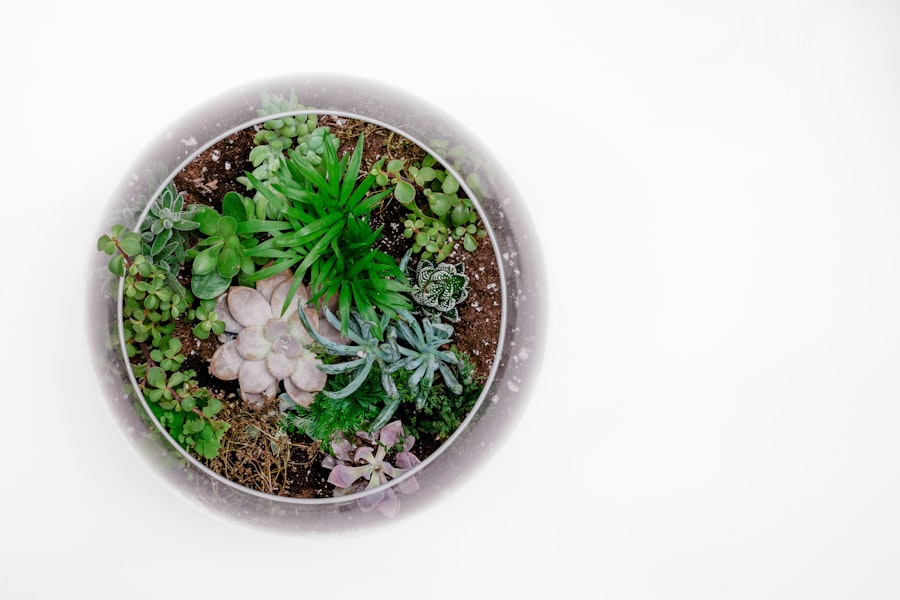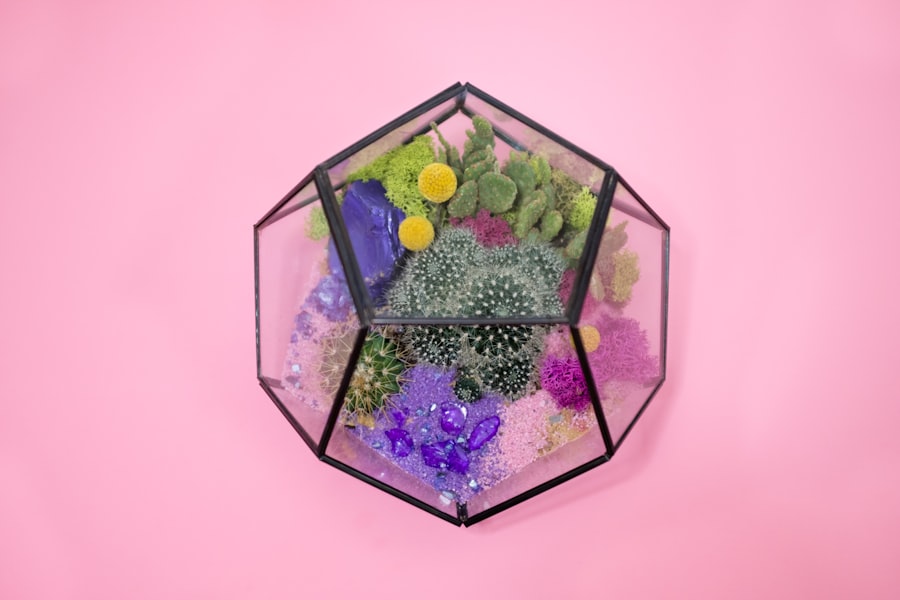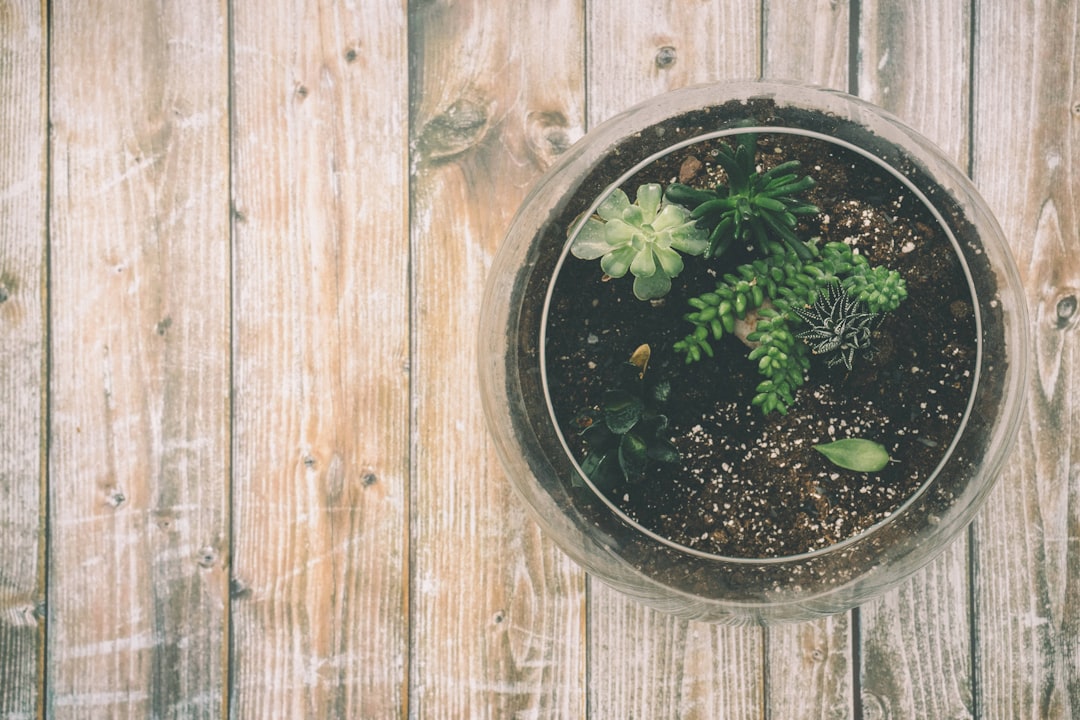When embarking on the journey of incorporating succulents into your home, the first step is selecting the right varieties that will thrive in your specific environment. Succulents are a diverse group of plants, encompassing a wide range of shapes, sizes, and colors. Some popular choices include Echeveria, Aloe Vera, and Haworthia.
Echeveria, with its rosette shape and vibrant hues, can add a pop of color to any space. Aloe Vera not only serves as an attractive plant but also has medicinal properties, making it a practical choice for households. Haworthia, on the other hand, is known for its striking patterns and low maintenance needs, making it ideal for beginners.
Understanding the light conditions in your home is crucial when selecting succulents. Most succulents prefer bright, indirect sunlight, but some varieties can tolerate lower light levels. For instance, if you have a bright windowsill, you might opt for sun-loving varieties like Sedum or Graptopetalum.
Conversely, if your space lacks natural light, consider shade-tolerant options such as Gasteria or certain types of Haworthia.
By assessing these factors, you can curate a collection of succulents that will flourish in your home.
Key Takeaways
- Choose succulent plants that are suitable for the lighting conditions in your home
- Select containers with good drainage to prevent root rot in your succulents
- Create a visually appealing arrangement by mixing different colors, shapes, and sizes of succulents
- Care for your succulent plants by providing them with the right amount of sunlight and water
- Incorporate succulents into different rooms of your home to add a touch of greenery and freshness
Selecting the Perfect Containers for Your Succulents
Once you’ve chosen your succulent plants, the next step is to find suitable containers that not only complement their aesthetic but also provide the necessary drainage and airflow. Terracotta pots are a popular choice due to their porous nature, which allows moisture to evaporate quickly, preventing root rot. These pots come in various sizes and shapes, making them versatile for different succulent arrangements.
Alternatively, ceramic or glazed pots can add a touch of elegance to your display while still offering adequate drainage if they have drainage holes. When selecting containers, consider the size of your succulents and their growth potential. A small Echeveria may look charming in a petite pot, but as it grows, it will require more space to thrive.
It’s advisable to choose containers that are slightly larger than the current size of your plants to accommodate their growth without overwhelming them. Additionally, you can experiment with different materials and styles—metal containers can lend a modern touch, while wooden boxes can evoke a rustic feel. Ultimately, the right container should enhance the beauty of your succulents while ensuring their health and longevity.
Creating a Beautiful Succulent Arrangement

Creating an eye-catching succulent arrangement involves more than just placing plants in a container; it requires thoughtful design and consideration of color, texture, and height. Start by selecting a focal point plant that will draw attention—this could be a larger succulent or one with unique coloration. Surround this focal point with smaller varieties that complement its shape and color.
For instance, pairing a deep green Aloe Vera with pastel-colored Echeveria can create a striking contrast that enhances the overall arrangement. Layering is another essential technique in succulent arrangements. By varying the heights of your plants, you can create depth and visual interest.
Taller succulents like Agave can be placed at the back or center of the arrangement, while trailing varieties such as String of Pearls can cascade over the edges of the container. Additionally, incorporating decorative elements such as pebbles or sand can add texture and help retain moisture in the soil. When arranging your succulents, take a step back frequently to assess the overall composition and make adjustments as needed until you achieve a balanced and harmonious display.
Caring for Your Succulent Plants
Caring for succulents is relatively straightforward, but understanding their specific needs is crucial for maintaining their health and vibrancy. One of the most important aspects of succulent care is watering. Unlike traditional houseplants that require frequent watering, succulents thrive on infrequent but thorough watering sessions.
The general rule of thumb is to water when the top inch of soil feels dry to the touch. Overwatering is one of the most common mistakes made by succulent owners; it can lead to root rot and ultimately kill the plant. Therefore, it’s essential to ensure that your pots have adequate drainage holes to allow excess water to escape.
In addition to watering practices, succulents benefit from regular exposure to sunlight. Most varieties require at least six hours of indirect sunlight each day to grow optimally. If you notice your succulents stretching or leaning towards the light source, it may be an indication that they are not receiving enough light.
In such cases, consider relocating them to a brighter spot or supplementing with grow lights if natural light is limited. Fertilizing succulents is also beneficial but should be done sparingly; using a diluted cactus fertilizer during the growing season can provide essential nutrients without overwhelming the plants.
Incorporating Succulents into Different Rooms of Your Home
Succulents are incredibly versatile and can enhance the aesthetic of virtually any room in your home. In living areas, they can serve as vibrant focal points on coffee tables or shelves. A well-placed arrangement of succulents can bring life to an otherwise dull corner and create a welcoming atmosphere for guests.
Consider using larger statement pieces like an Agave or a tall Euphorbia in a decorative pot to draw attention and spark conversation. In bedrooms, succulents can contribute to a calming environment. Placing smaller varieties on nightstands or windowsills not only adds visual interest but also promotes better air quality.
Certain succulents like Aloe Vera are known for their air-purifying properties, making them an excellent choice for improving indoor air quality while enhancing decor. In kitchens, consider using herbs that double as succulents—such as Jade Plant or certain types of Sedum—where they can be both functional and decorative. By thoughtfully placing succulents throughout your home, you can create a cohesive design that reflects your personal style while benefiting from their unique characteristics.
Using Succulents as Centerpieces and Table Decorations

Succulents make for stunning centerpieces and table decorations due to their unique shapes and colors. When designing a centerpiece for a dining table or coffee table, consider using a variety of succulents in different heights and textures to create visual interest. A shallow dish filled with sand or gravel can serve as an excellent base for arranging multiple small succulents together.
This not only provides an attractive display but also allows for easy maintenance since these plants require minimal care. For special occasions such as weddings or parties, succulents can be incorporated into floral arrangements or used as standalone centerpieces. Their longevity makes them an ideal choice for events where traditional flowers may wilt quickly.
You can personalize these arrangements by adding decorative elements like candles or fairy lights around the succulents to create an enchanting ambiance. Additionally, using small terrariums filled with succulents as table decorations adds an element of sophistication while allowing guests to appreciate these unique plants up close.
Hanging Succulent Gardens: A Unique Decor Idea
Hanging succulent gardens offer a creative way to display these plants while saving space and adding dimension to your decor. Vertical gardens can be created using wall-mounted planters or repurposed items like wooden pallets or old picture frames filled with soil and planted with various succulent species. This approach not only maximizes vertical space but also creates an eye-catching focal point that draws attention upward.
When designing a hanging garden, consider using trailing varieties such as String of Hearts or Burro’s Tail that will cascade beautifully over the edges of their containers. Mixing different textures and colors will enhance visual appeal; for example, pairing smooth-leaved succulents with those that have spiky or fuzzy leaves creates an engaging contrast. Additionally, hanging gardens can be placed in various locations throughout your home—near windows where they can receive ample light or in shaded areas where they can thrive without direct sunlight.
Decorating Your Outdoor Spaces with Succulent Plants
Succulents are not limited to indoor decor; they can also transform outdoor spaces into vibrant gardens with minimal maintenance requirements. When designing an outdoor succulent garden, consider factors such as sunlight exposure and climate conditions in your area. Many succulents thrive in full sun and well-draining soil, making them perfect candidates for rock gardens or xeriscaping projects where water conservation is essential.
Incorporating succulents into outdoor planters or raised beds allows for creative arrangements that can be easily changed with the seasons. You might choose to mix various types of succulents with ornamental grasses or drought-resistant perennials for added texture and color throughout the year. Additionally, using decorative stones or gravel around your succulent plants not only enhances their appearance but also helps retain moisture in the soil while preventing weed growth.
DIY Succulent Projects for a Personalized Touch
Engaging in DIY succulent projects allows you to express your creativity while crafting personalized decor items for your home or garden. One popular project is creating terrariums—glass containers filled with soil and various succulent species that create miniature ecosystems. These terrariums can be customized with decorative stones, figurines, or even colored sand to match your personal style.
Another fun DIY project involves creating succulent wreaths or wall art using preserved moss as a base for attaching small succulent cuttings. These living decorations can be hung indoors or outdoors and provide a unique way to showcase your favorite plants while adding texture and color to your walls. By engaging in these projects, you not only enhance your living space but also gain a deeper appreciation for the beauty and versatility of succulents.
Incorporating Succulents into Your Home Office or Workspace
Incorporating succulents into your home office or workspace can significantly enhance productivity while adding aesthetic appeal to your environment. Studies have shown that having plants in workspaces can reduce stress levels and improve focus—making succulents an ideal choice due to their low maintenance requirements and ability to thrive in various lighting conditions. Consider placing small potted succulents on your desk or shelves where they are easily visible yet unobtrusive.
Varieties like Jade Plant or Zebra Plant are particularly well-suited for office environments due to their compact size and resilience against neglect. Additionally, creating a small succulent garden in a decorative container can serve as an inspiring focal point during long work hours while providing a refreshing touch of nature amidst technology.
Tips for Maintaining a Stylish and Healthy Succulent Display
To maintain a stylish and healthy succulent display, regular monitoring and care are essential components of successful plant ownership. Begin by establishing a consistent watering schedule based on seasonal changes; during warmer months when growth is active, succulents may require more frequent watering compared to winter months when they enter dormancy. Additionally, keep an eye out for pests such as mealybugs or aphids that may invade your succulent collection; early detection is key to preventing infestations from spreading.
If you notice any signs of distress—such as discoloration or wilting—assess environmental factors like light exposure and watering habits to identify potential issues promptly.
By implementing these tips into your care routine, you can ensure that your succulent display remains healthy and visually appealing throughout the seasons.
If you’re looking to enhance your garden even further, you may want to consider using coffee grounds for your plants. According to a helpful article on chikusgarden.com, coffee grounds can be a great natural fertilizer for your plants. Additionally, if you’re interested in adding some colorful blooms to your outdoor space, you might want to check out the top 10 purple flower bush varieties recommended in another article on the same site: chikusgarden.com. And if you’re dealing with pesky ants invading your lawn, there’s also a helpful article on chikusgarden.com that provides tips on how to effectively treat the problem.
FAQs
What are succulent plants?
Succulent plants are a type of plant that stores water in their leaves, stems, or roots, allowing them to survive in arid environments. They are known for their fleshy, thickened leaves and unique shapes and colors.
How do you care for succulent plants?
Succulent plants require well-draining soil, plenty of sunlight, and infrequent watering. They thrive in dry, arid conditions and should be watered sparingly to avoid root rot.
What are some popular types of succulent plants?
Some popular types of succulent plants include Echeveria, Aloe, Haworthia, Sedum, and Crassula. These plants come in a variety of shapes, sizes, and colors, making them versatile for home decor.
How can succulent plants be used to decorate a home?
Succulent plants can be used to decorate a home in a variety of ways, including as potted plants, in terrariums, as part of a vertical garden, or as part of a centerpiece. They can add a touch of greenery and visual interest to any space.
What are some tips for decorating with succulent plants?
When decorating with succulent plants, it’s important to consider their light and water needs, as well as the overall aesthetic of the space. Grouping different types of succulents together can create a visually appealing display, and choosing unique containers can add a personal touch to the decor.

